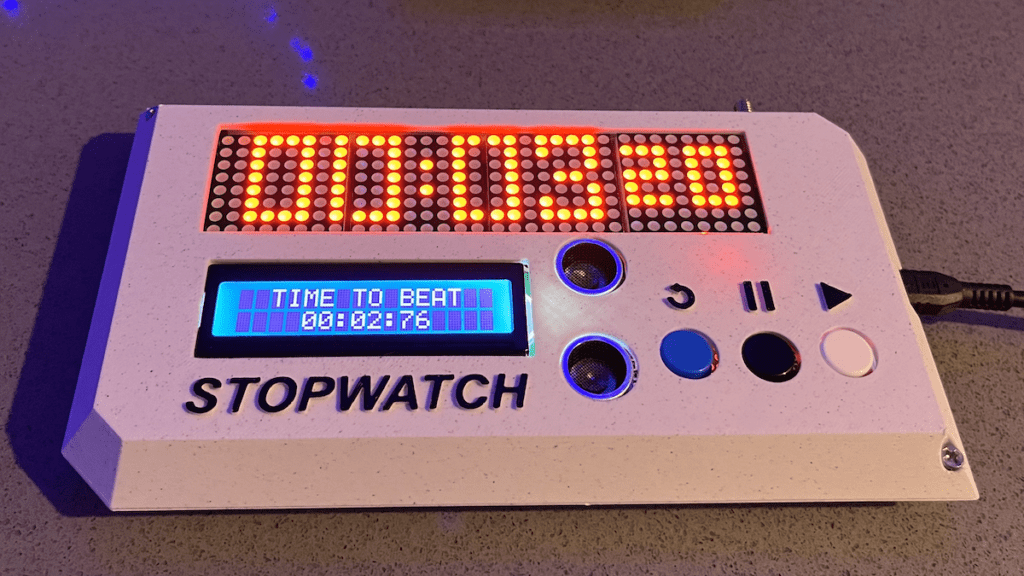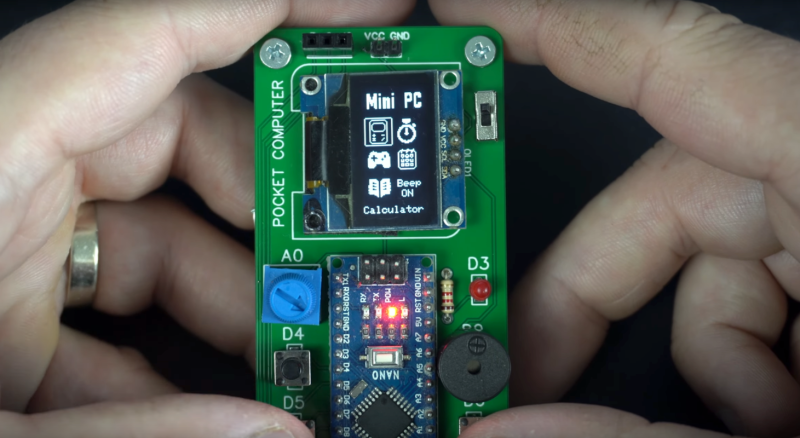
With Christmas just around the corner, you may start reminiscing about childhood races down the stairs to rip open presents under the tree. You’ll likely never do be any faster than you were when you were 12, but why not turn stair racing into an event anyway? Jared Dilley made that possible with his stairway stopwatch device.
It seems prudent to give you a disclaimer here: running up and down stairs is dangerous. We promise that your bones aren’t nearly as resilient as they were when you were a kid.
Dilley’s device is a timer system meant to measure the time it takes to ascend or descend a flight of stairs. It could also be used for races across flat ground or any other kind of terrain. That’s because it consists of two separate units that act as race gates. Each has an ultrasonic sensor to detect a passing person. Together, they measure the time it takes to pass the second gate after triggering the first.
Each unit contains an Arduino Nano board and the two boards communicate via HC-12 433MHz radio transceiver modules. Those have enough range to allow for positioning anywhere within a house, assuming you don’t live in a mansion with multiple wings. The primary unit displays the current record on a small LCD screen, as well as the most recent time on a large LED matrix panel. Both the primary and secondary units have nifty 3D-printed enclosures that Dilley designed to mount onto walls.
If you want to start your own racing career, all of the design files are available on GitHub.
The post Stairway stopwatch tracks climb time appeared first on Arduino Blog.




